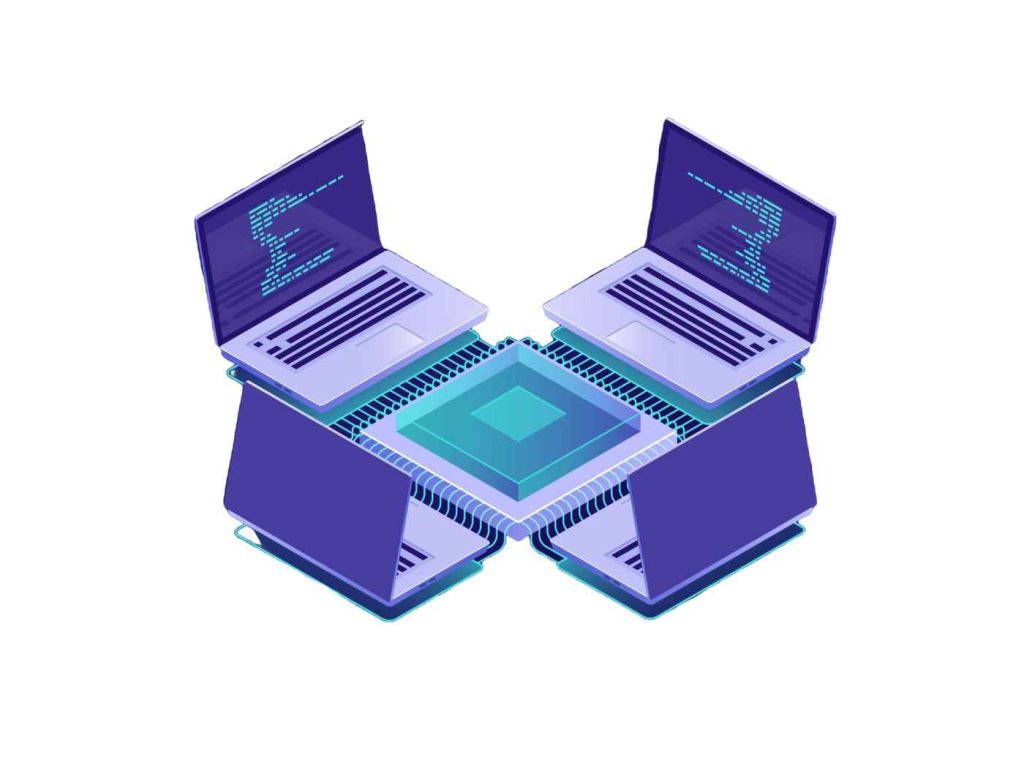Blockchain technology has come a long way since it was created as synonymous with the concept of cryptocurrencies. With that much in consideration, an understanding of the early history of blockchain will necessarily go with the understanding of its potential futuristic drift, especially from a technological view and for that of finances.
The term blockchain originated in 2008 with the creation of Bitcoin by an anonymous individual known as Satoshi Nakamoto. It was a breakthrough innovation in digital money – intending to build decentralized counterparts to conventional financial institutions, making peer-to-peer transactions without the intervention of intermediaries possible. The technology behind this, the blockchain, acts as a distributed ledger: it records transactions across a network of computers, ensuring transparency and security. This fundamental architecture was then harnessed into various other applications beyond just cryptocurrencies.
Subsequent to the birth of bitcoin, a new phenomenon had started to set in place in the years to come. Then, in 2013, occurred one of those defining moments, which involved the birth of Ethereum. This was the initiation of proving that blockchain went beyond just a medium of exchange. The introduction of smart contracts or enforceable contracts without the supervision of an intermediary, initial coin offering was there for startups in search of business model alternatives through blockchain. This was highly publicized, and therefore many dApps went mostly to the Ethereum network to facilitate their crowdfunding activities, allowing them to escape traditional venture capital pathways.
Peaking around the year 2017, the hype surrounding blockchain technologies went as fevered as it could ever get, culminating in an explosion of funds and investments toward this technology. All this shine turned out to be mostly speculative, which pushed the market into a heavy wave of volatility and eventually governmental scrutiny that alike led to a crash of the market by 2018. There was a major crash whose effect carried a need for re-assessment for blockchains, this time, tuning the focus towards real applications and scalability.
Along with the maturity of technology, multiple industries have started seeing the potential of blockchain. In addition, some major financial institutions, such as JPMorgan and Goldman Sachs, have started research in exploring blockchain applications in cross-border payments, settlements, and supply chain financing. Its ability to fasten and lower costs of international transactions gave the spotlight to private enterprises, such as Ripple and Stellar.
Segments like healthcare, supply chain, and identity management began adopting these blockchain provisions. The Food Trust network from IBM is intended for greater transparency and tracking of the whole food supply chain, improving safety and reducing waste. One notable feature of a blockchain in healthcare is that it increasingly allows for secure patient record management while maintaining patient privacy and interoperability in what are typically fractured systems.
Definitely, this is a key area for the future, and it has a lot of continuing innovation in the pipeline for blockchain technology. Although scaling and interoperability remain the greatest unresolved issues, there are visible developments undergoing their own improvements, such as layer-2 solutions and cross-chain platforms. Furthermore, the most impactful change is through decentralized finance-the emergence of a revolutionary construct for provisioning financial services that drives innovation in lending, borrowing, and trading activities without the presence of mediators.
Such kind of regulatory framework is going to develop concerning initiatives by governmental and institutional bodies between innovation and protection of consumers. Some aspects of such legislative measures will be determining how the technologies are inclined to be used, security, privacy, or compliance concerns.
Such rapid acceptance of digital transformation fuels the integration of blockchain with new and augmented technologies such as AI, IoT, and big data into revolutionary concepts for industries. It is possible to automate many complex transactions by the use of AI-based smart contracts in many industries, again enhancing efficiency as well as trust.
However, the history of rapid evolution in blockchain technology has been epitomized by groundbreaking discoveries and rough events. The most promising future holds for technology and finance. With the embrace of blockchain by the then industry leaders and innovators, its effect on the global system may well radically change how business owners manage, transact, and build trust in a digital world.







